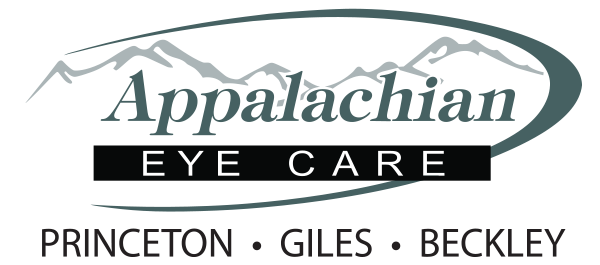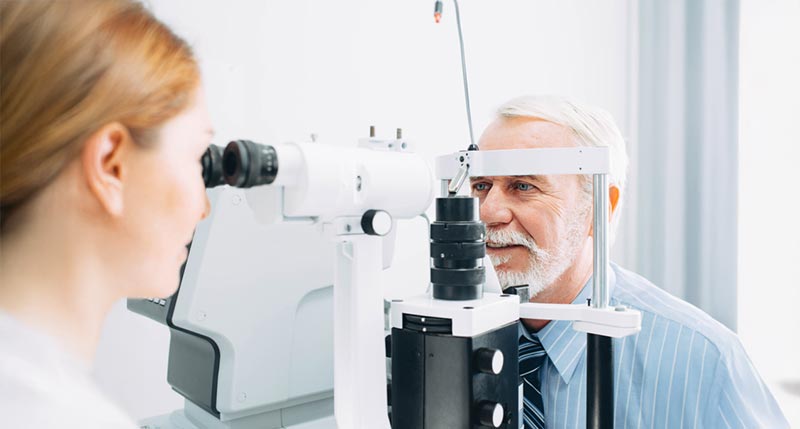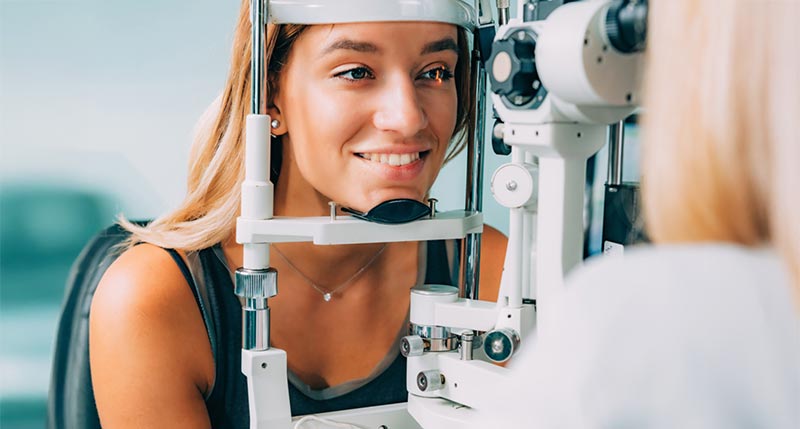June is National Cataract Awareness Month, a common eye condition which is now a leading cause of vision loss in the United States for adults over the age of 40. It’s also a leading cause of blindness worldwide, according to the National Eye Institute.
Cataracts are a progressive cloudiness, yellowing and hardening of the typically transparent natural lens in the eye. About 50% of all Americans will either have a cataract or have had surgery to remove a cataract before the age of 80. There’s a good chance you know someone who has had the surgery―or might soon need it.
The number one cause of cataracts is the number of birthdays you’ve celebrated. As we age, cataracts are more likely to form because of normal changes to the eye that begin around age 40. The proteins in the eye’s natural lens begin to break down, causing the lens to cloud. But it can take years to start noticing that cloudiness. Typically, people don’t notice it until they’re over age 60, and even then they may not have any impactful vision problems for years to come. It all depends exactly where on the eye’s lens the cataract forms.
Besides aging, some of the secondary factors that increase your likelihood of developing cataracts include:
- Smoking, and exposure to secondhand smoke
- Drinking alcohol to excess
- Obesity
- Poor nutrition: Diets that are low in antioxidants including Vitamins A, C and E and selenium
- Genetic history: If you have siblings, parents or other family members with cataracts
- Excessive use of steroid and corticosteroid medications, including prednisone
- Chronic systemic diseases, including diabetes and diabetic retinopathy
- Excessive UV light exposure without eye protection
- Physical trauma or injury: Blows to the head and neck, eye injuries, burns or electric shock
- Congenital cataracts (which are present at birth)
Steps that may slow the progression of cataracts
The good news is, cataracts are painless, but unfortunately they cause a progressive loss of visual acuity. Most cataracts that are age-related develop slowly over many years. While there is no cure for cataracts and they can’t be prevented, there are some healthy steps you can take that may slow their progression.
- Quit smoking and drinking
Smoking and drinking are primary and secondary causes of a variety of health problems. These vices increase your risk of developing many undesirable health conditions including cancer, heart disease and stroke. Developing cataracts is another health condition to which smoking and drinking contribute.
- Watch your Diet
You are what you eat. A healthy diet is a preventive step to help you live your best life. Try simple swaps like adding leafy greens to each meal, substituting fruit for your afternoon snack, and focusing on consuming foods high in antioxidants, including Vitamin A (beta-carotene), Vitamins C and E, and selenium.
- Rock those shades
Excessive exposure to the sun’s damaging UV rays contributes to the formation of cataracts. A pair of high-quality sunglasses that block 100% of the sun’s damaging UVA and UVB rays are the best first line of defense against UV exposure. Add a wide-brimmed hat, and your eyes will both see more comfortably on sunny days and you’ll protect them from UV damage.
- Schedule annual comprehensive eye exams
Adults age 40 and older should have a comprehensive eye exam with pupil dilation every year. Regular eye exams with your optometrist will allow your doctor to monitor signs of age-related eye diseases including cataracts, macular degeneration and glaucoma. Early detection could save your sight! Cataracts can’t be prevented or cured, but they can be treated with a routine surgery that has exceptionally high success rates—in the 98% range. In our next blog post, we’ll discuss the symptoms of cataracts and the surgical procedure to correct them.





